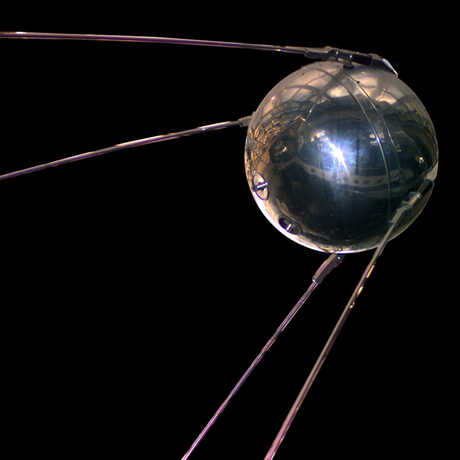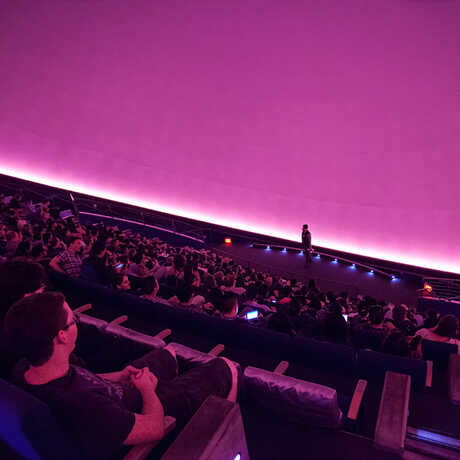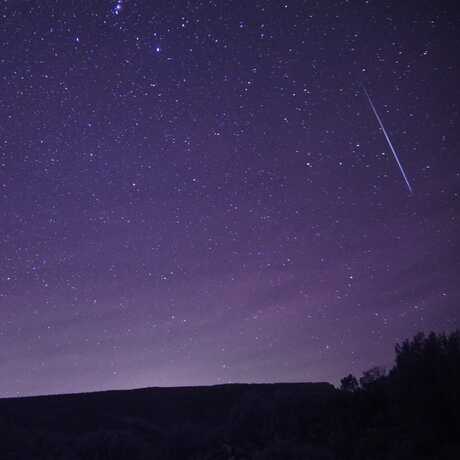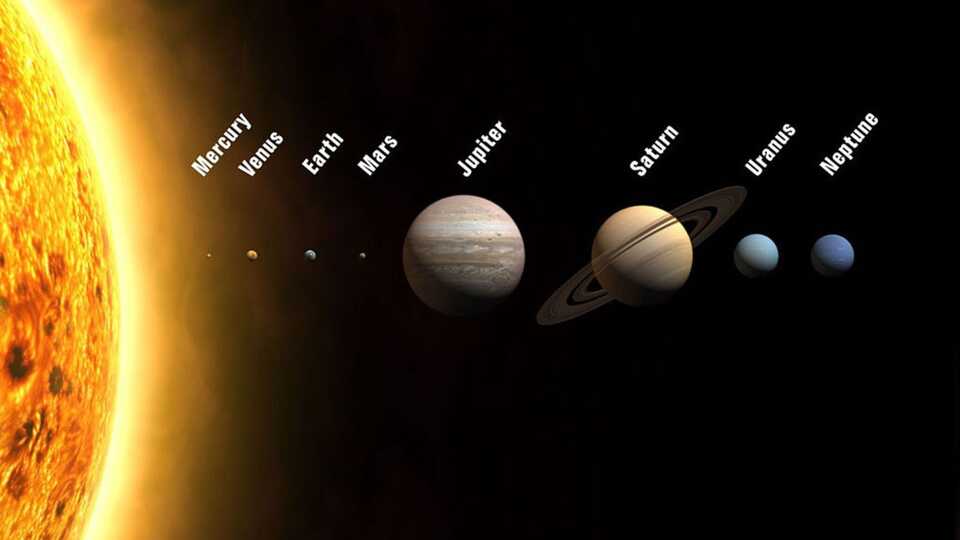
Keep tabs on our planets with Morrison Planetarium's quarterly guide to planetary activity.
Mercury
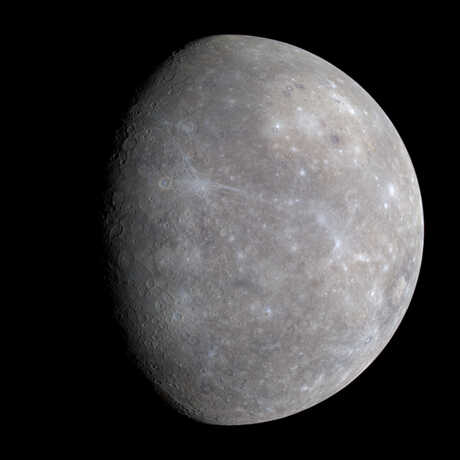
This season starts with the littlest planet descending into the glow of sunset and quickly getting washed from view on the way to inferior conjunction on April 11. It rises in the predawn sky by early May, but the shallow angle of the ecliptic (the plane of the solar system) with respect to the horizon keeps it very low the east by sunrise, even at greatest western elongation on May 9, making for an unfavorable apparition. Quickly retreating back into the Sun's glow, Mercury passes superior conjunction on June 14 and is barely climbing out of the evening twilight by the end of the month.
Moon's close encounter with Mercury on April 8 is too near to the Sun and lost in the glare. Their next meeting is on the morning of May 6, when they both rise in the east a little less than an hour before the Sun. Their third encounter of the season on the morning of June 5 is very close to the Sun and very difficult to see in the glare.
Venus
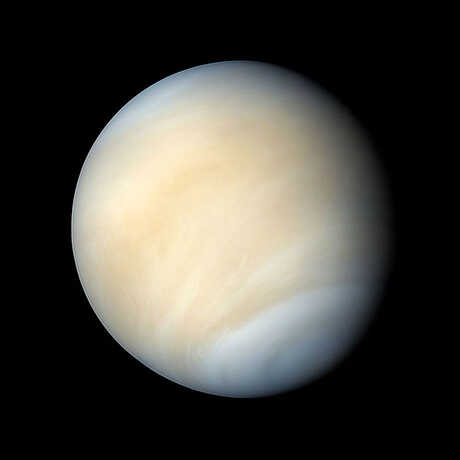
Venus begins a season-long absence from the sky, hidden by the glow of the Sun as it slowly passes behind our star, not returning to our view until August. It reaches superior conjunction on June 4, when it's way over on the other side of its orbit and farthest from us. The added distance is the diameter of Venus's orbit (about 67 million miles, or 108 million kilometers). Thus, its overall distance is six times greater (and 1/6 the apparent diameter) than when it's at inferior conjunction and far enough out of the glare to be seen at all.
Because Venus is so close to the Sun this season, the Moon's close approaches to it on April 7, May 7, and June 6 are all washed from view by the bright glare.
Mars
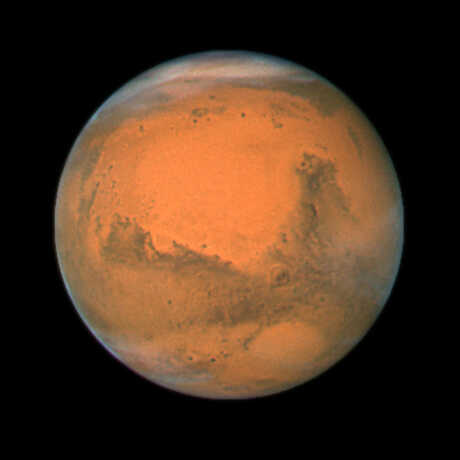
Mars starts the season against the stars of Aquarius the Water-Carrier, rising about an hour before the Sun. On April 10, it passes half a degree from Saturn (the same angular diameter as a full Moon). It slowly creeps higher out of the morning twilight and by May 1 has moved eastward into Pisces the Fishes, rising about 90 minutes before dawn. By June 1, it rises a little more than two hours before sunrise, still located in Pisces.
The Moon can be seen near Mars on the morning of April 6, both tightly clustered with Saturn. It also passes close by on May 4 and 5, and June 2 and 3, each time just a little higher in the sky as the separation between Mars and the Sun increases.
Jupiter
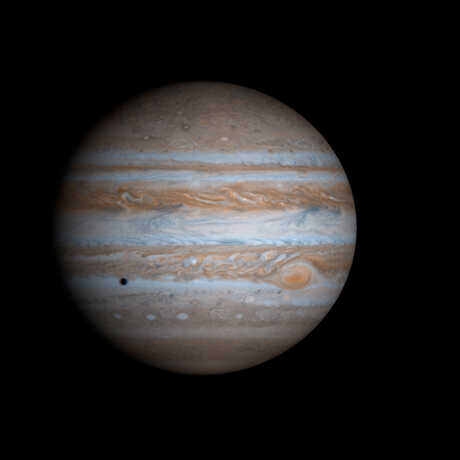
This season, the largest of the planets moves from the evening sky to the morning sky. On April 1, it's located low in the west against the stars of Aries the Ram, setting less than 3 hours after the Sun. Gradually descending into the twilight through the month, the giant planet is very low and pretty much lost from view by May 1, setting nearly an hour after sunset. It is in conjunction with the Sun on May 18 and remains hidden in the glare until the end of the month. By early June, it is located against the stars of Taurus the Bull and is slowly inching its way out of the morning Sun's glow. Rising 3-4 minutes earlier from one morning to the next, it gradually climbs higher above the horizon and by the end of June rises about 2 hours before the Sun.
The Moon is seen near Jupiter in the west just after sunset on April 10, when both set about 2 hours after sunset. The two other meetings between these objects this season on May 8 and June 5 are both too close to the Sun to be seen.
Saturn
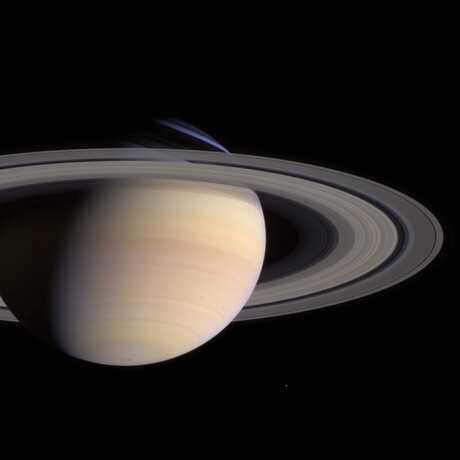
As the Ringed Planet slowly enters the predawn sky, it is very low in the east-southeast on April 1, with Mars quickly closing in from the upper-right (those two planets are about ½° apart on April 10, rising a little more than an hour before the Sun). On May 1, Saturn rises almost two hours before the Sun, and on June 1, it rises more than three hours before the Sun, still plodding slowly across the stars of Aquarius the Water-Carrier.
The Moon can be seen nearby on the mornings of April 6 (very low in the east-southeast before dawn, with Mars nearby), higher and easier to see on May 3 and 4, still higher in the southeast on May 31, and high in the south at dawn on June 27.
Sunrise and sunset table
Times are for San Francisco, California, and will vary slightly for other locations.
April 1 (PDT)
Sunrise | Solar Noon | Sunset
6:54 am | 1:13 pm | 7:33 pm
May 1 (PT)
Sunrise | Solar Noon | Sunset
6:13 am | 1:06 pm | 8:01 pm
June 1 (PT)
Sunrise | Solar Noon | Sunset
5:49 am | 1:07 pm | 8:26 pm
Download Morrison Planetarium's 2024 Pocket Almanac to stay up-to-date on eclipses, meteor showers, satellite spottings, and more.
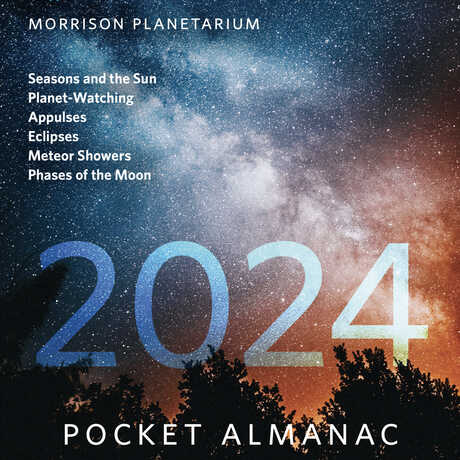
The Benjamin Dean lecture series brings the world's leading experts in astronomy, astrophysics, and more to the Academy's Morrison Planetarium.
